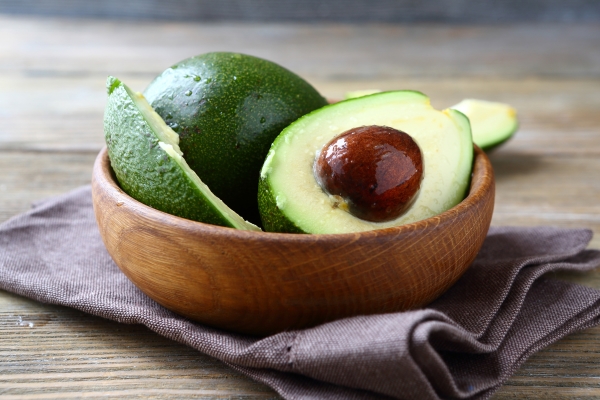Getting to Know Avocados
Here are some fun and interesting facts about avocados from our friends at Albert’s Organics.

- Avocados are a fruit, not a vegetable.
- In Brazil avocados mixed in with ice cream is a very popular dessert.
- The avocado is also called an Alligator Pear because of its pear-like shape and it’s bumpy green skin.
- California produces about 90% of the nation’s avocado crop.
- San Diego County is the Avocado Capital of the U.S., producing 60% of all the avocados grown in California.
- There are about 7,000 avocado groves in California; the average size is around 10 acres.
- A single California Avocado tree can produce about 500 avocados (or 200 pounds of fruit) a year, although the usual average is about 60 pounds from 150 avocados.
- There are seven varieties of avocados grown commercially in California, but the Hass is the most popular, accounting for approximately 95% of the total crop volume.
- The oldest living avocado tree is found on the University of California, Berkeley campus and was planted in 1879.
- About 43% of all U.S. households buy avocados.
- To tell if an avocado is really perfectly ripe, hold it in the palm of your hand and gently squeeze. Hard as a rock? Not ripe. Squishy? Overripe. Have as much give as chilled butter? Perfectly ripe.
- Avocados are cholesterol and sodium-free.
- Avocados have the highest fiber content of any fruit and contain vitamin B6, vitamin C, vitamin E, potassium, magnesium, and folate.
- Avocados will not ripen on the tree. They must be picked from the tree to initiate ripening. The leaves supply a substance that prevents ripening. The best way to store avocados is to leave them on the tree; they will store for 7 months or more when left on the tree.




